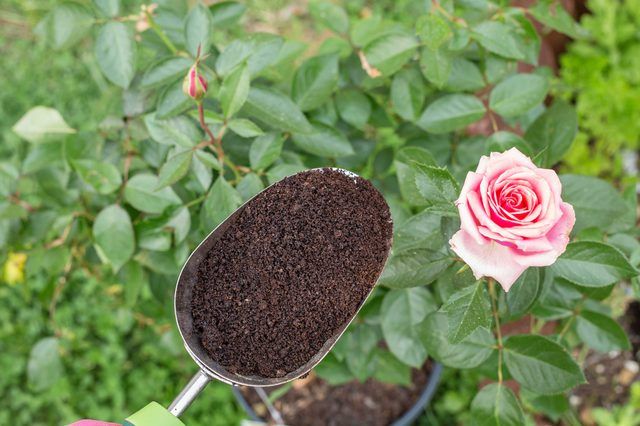Bulbs
Flower Basics
Flower Beds & Specialty Gardens
Flower Garden
Garden Furniture
Garden Gnomes
Garden Seeds
Garden Sheds
Garden Statues
Garden Tools & Supplies
Gardening Basics
Green & Organic
Groundcovers & Vines
Growing Annuals
Growing Basil
Growing Beans
Growing Berries
Growing Blueberries
Growing Cactus
Growing Corn
Growing Cotton
Growing Edibles
Growing Flowers
Growing Garlic
Growing Grapes
Growing Grass
Growing Herbs
Growing Jasmine
Growing Mint
Growing Mushrooms
Orchids
Growing Peanuts
Growing Perennials
Growing Plants
Growing Rosemary
Growing Roses
Growing Strawberries
Growing Sunflowers
Growing Thyme
Growing Tomatoes
Growing Tulips
Growing Vegetables
Herb Basics
Herb Garden
Indoor Growing
Landscaping Basics
Landscaping Patios
Landscaping Plants
Landscaping Shrubs
Landscaping Trees
Landscaping Walks & Pathways
Lawn Basics
Lawn Maintenance
Lawn Mowers
Lawn Ornaments
Lawn Planting
Lawn Tools
Outdoor Growing
Overall Landscape Planning
Pests, Weeds & Problems
Plant Basics
Rock Garden
Rose Garden
Shrubs
Soil
Specialty Gardens
Trees
Vegetable Garden
Yard Maintenance
How to Reuse Coffee Grounds in the Garden
How to Reuse Coffee Grounds in the Garden. Before you throw your coffee grounds in the trash, consider instead using them to feed your garden. The benefits of recycling used coffee grounds as an inexpensive fertilizer, or as a component in your compost bin, may be surprising. As they decompose, coffee grounds release vital nutrients to help feed...
Before you throw your coffee grounds in the trash, consider instead using them to feed your garden. The benefits of recycling used coffee grounds as an inexpensive fertilizer, or as a component in your compost bin, may be surprising. As they decompose, coffee grounds release vital nutrients to help feed your plants in addition to suppressing certain types of fungi and bacteria that can wreak havoc in the garden.
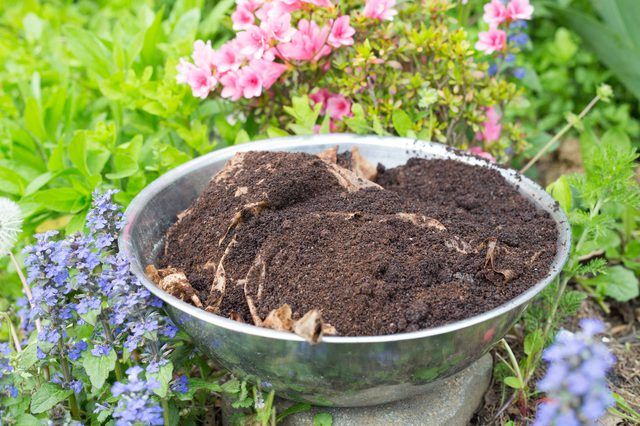
In the past, the buzz surrounding using coffee grounds in the garden centered on their acidifying potential. For this reason, many gardening experts recommended only applying grounds to acid-loving plants such as blueberries (Vaccinium), which grows in U.S. Department of Agriculture plant hardiness zones 3 to 7.
Coffee grounds are slightly acidic, with an average pH of 6.2, according to "Sunset." Applying them to garden soil generally has a mild effect on soil pH, making them appropriate for using near most plants.
Coffee grounds also supply organic matter to the soil, enriching it with nutrients that help feed plants. As the grounds break down in the soil, they slowly release nutrients such as potassium, magnesium, copper, phosphorus and nitrogen. The grounds also contain smaller amounts of zinc, calcium, and iron.
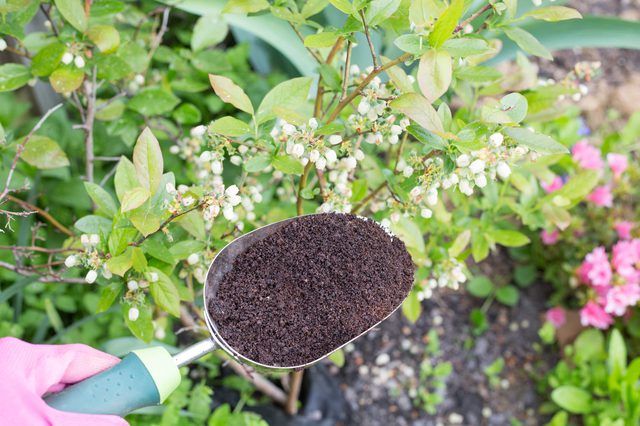
As the grounds break down over time, the nutrients feed earthworms. As a result, the worms pull the grounds through the soil, taking them deeper into the ground and helping to improve the soil structure as a result. As the grounds degrade, they also produce humic substances and help lower the carbon-to-nitrogen ratio in the soil, which improves the amount of nitrogen available to the plants.
Coffee grounds also help suppress common fungal problems, including sclerotinia, fusarium and pythium. As the grounds break down, they contain nonpathogenic fungi and bacteria, including trichoderma and pseudomas and pin molds, which may be the key to the grounds' ability to suppress pathogens.
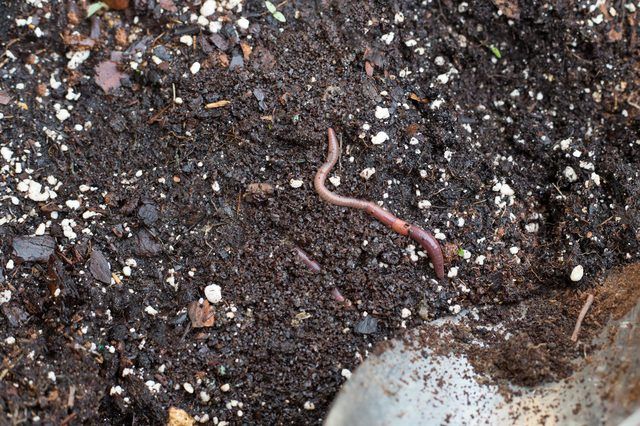
Use coffee grounds as mulch to help repel garden pests such as slugs, cats and carrot flies. Because of the fine texture of grounds, avoid adding a thick layer, which may become compacted and form a barrier that inhibits air circulation and prevents moisture absorption. Spread the grounds in a thin layer, no more than 1/2 inch thick, and top it with a 4-inch layer or wood chips or other coarse mulch.
Working coffee grounds directly into the soil is a better option to avoid creating a moisture and air barrier and to sidestep the potential odor that occurs while the grounds decompose. "Sunset" recommends working between 25 percent and 35 percent coffee grounds into the soil as an organic soil amendment, tilling them to depths of 6 to 8 inches.
Coffee grounds also make an ideal addition to the compost pile. Because the grounds contain nitrogen, gardeners can use them as any other green material to balance the brown materials in the compost pile. Too much of a good thing can be a detriment, however. The Environmental Protection Agency recommends adding no more than 25 percent coffee grounds by volume to the pile.
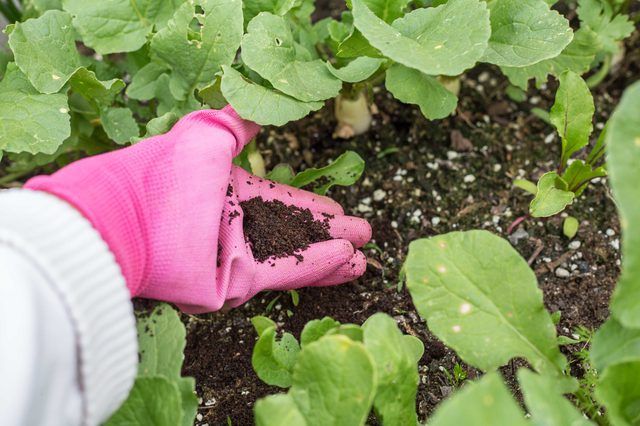
Thanks to coffee grounds' slightly acidic nature, gardeners can confidently use them in the soil near most plants. Plants that particularly enjoy the nutrient boost include flowers such as roses (Rosa), which are hardy in USDA zones 4 to 10, and camellias (Camellia), which are generally hardy in USDA zones 7 to 9.
If soil pH is a concern, periodically test the soil in the treated area to avoid harming any pH-sensitive plants such as lilac (Syringa), which prefer growing in neutral to slightly alkaline soils and are hardy in USDA zones 3 to 7. To avoid a potentially harmful buildup of water-soluble salts, avoid using coffee grounds for potted houseplants.
